How to Choose the Right Steel Barn Size for Your Horses?

Are you an equestrian or someone who manages a space for equestrian activities? Whatever your role, one thing is clear: you need a strong, dependable barn that can house your horses comfortably and safely. That means choosing a structure that is durable, flexible, and perfectly sized for your horses’ needs. Steel barns for horses are becoming popular because they offer what you need for a space.
They last longer, require less maintenance, and can be easily customized. But one thing always confuses buyers of a prefab horse barn, “Size of the barn”. What should be the right size of a prefab barn? How many horses can fit in a barn? Can I extend the size of a steel barn once it’s installed? Many of you have countless questions that need answers. Once you are clear about the size, you can think of other aspects of buying a barn. It confuses you because of the numerous size options available; how do you decide what’s right?
We will walk you through the key steps to choosing the perfect steel barn size, so your horses stay happy, healthy, and protected all year round.
Let’s get started!
Why Do Steel Barns Matter for Horses?
Prefabricated horse barns are essential for several reasons. They offer strong protection to your horses from heavy rain, freezing temperatures, speedy winds, and many other elements that can harm your equestrian friends. These animals require protection throughout the year, and steel barns provide them with just that.
Unlike wood, steel doesn’t rot, warp, or attract pests, which keeps your horses safer and your barn lasting longer.
Moreover, choosing steel for your horses has other reasons as well. Steel is fire-resistant, which is a significant advantage of choosing steel over wooden barns, as they can’t withstand fire. It can seriously harm your horses if anything unfortunate happens. Steel barns need very little maintenance, which is a much-needed advantage when looking for a horse stable.
Moreover, prefabricated steel barns save you time and money because they can be installed in half the time of traditional barns. It’s because parts of a barn are pre-engineered in a factory, so workers only have to assemble and join all the parts on site using anchors and suitable bolts.
There is no need for on-site construction when installing a metal barn.
With steel, you can also customize the barn, add stalls, storage areas, wash bays, or even an open riding space. That means your barn grows with your needs. Moreover, they maintain a temperature during the summer and winter season.
Long story short, steel barns give your horses a safe, clean, and reliable home, no matter the weather or how many horses you have.
Ways to Choose the Right Steel Barn Size for Your Horses
Selecting the right size is not a difficult task if you know a few key things. These things help in the overall horse barn plans.
1. Count the Number of Horses You Have
First, determine how many horses you want to house in a prefab barn. The total number of horses affects the overall size of a barn. It’s crucial to allow comfortable space for each horse and space for their feeding. If you are planning to house more horses in the future, consider space for them also. Because it’s better to allocate space for all at once rather than extending it later. Each horse needs its own stall, so this number determines the minimum size of your barn.
If you have 2 horses now but may have 4 later, it’s smarter to plan ahead and build for 4. Here are some size ideas based on the total horses.
- For 2 Horses – 24’x24′ Steel Barn
- For 4 Horses – 36’x30′ Steel Barn
- For 8-10 Horses – 40’x55′ Steel Barn
Here is a quick table for more clarity.
|
Number of Horses |
Barn Size | Stall Size |
Aisle Width |
|
2 |
24′ x 24′ | 12′ x 12′ | 10 |
|
4 |
36′ x 30′ | 12′ x 12′ |
12 |
| 8-10 | 40′ x 55′ | 12′ x 14′ |
12+ |
2. Know the Standard Stall Sizes
A comfortable stall for an average-sized horse is usually 12×12 feet. But if you have miniature horses, you may only need 8×8 stalls, while larger breeds may require 12×14. But do not forget to add at least 3 feet between stalls and consider an aisle width of 10 – 12 feet for easy movement of horses and your workers. Always opt for larger sizes if your budget allows, as extra space can be utilized for various purposes.
3. Plan for Storage and Functional Spaces
You need to think beyond just stalls, because the maintenance of these animals requires focusing on several key aspects. You need to install various features in the horse stable, and it also takes up space.
Think beyond just stalls. Ask yourself:
- Where will I store hay, feed, and tools?
- Do I need a wash area or grooming space?
- Do I need a tack room or a small office in the barn?
Add more questions to the above list that come to your mind. It will help you make a better decision. If you run an equestrian business, you need a big space for storage. You can secure a robust and spacious structure for commercial purposes by choosing a steel barn.
4. Consider How Often You will Access the Barn
Do you need a barn only during storms or throughout the year? The answer will determine how often you will access the barn. If your horses are in the barn daily, not just during storms, you need more functional space. Wider aisles, better ventilation, and walkways become necessary if you use the space daily and more frequently. Frequent use means comfort and layout are more important than just squeezing in stalls. Note down the sizes you need clearly once you are sure what exactly works for your property and horses. It will help you with complete horse barn plans.
5. Choose the Right Barn Style
Steel barns come in different styles, and each affects how much space you actually get. Some barns are designed for specific tasks, while others are more versatile. Some barns differ in appearance due to their structural design, while others vary because of their roof style. Do not feel overwhelmed due to their variety. Focus on the points below to choose the right style of barn.
- Total horses you want to house in a barn
- Location where you want to install the barn
- Design needs for an improved look and feel
- Ventilation and insulation
- The main purpose of buying a barn
- Local climate and weather conditions
List of popular metal barn styles:
- Vertical roof barns
- Continuous roof barns
- Raised center barns
- Step-down barns
- Lean-to barns
6. Understand Local Weather and Ventilation Needs
You must be thinking how the size of a steel barn is related to the weather?
Well, it matters more than you think.
If you live in a hot, humid, or snowy region, the size and structure of your barn should support good airflow and insulation. In colder areas like Vermont or Montana, you may need a larger barn with space to add insulation, enclosed walls, and extra roofing. This is all to handle snow loads and maintain a warm interior.
Warmer regions like Texas or Arizona may require wider structures with open sides. Steel barns in this area require additional ventilation points and taller ceilings to allow hot air to rise and escape. It keeps your horses comfortable throughout all the months. You should be aware of some tips to keep horses safe in the summer, as this season can be challenging for your equestrian friends.
Moreover, when it comes to ventilation, it’s not just a luxury; it’s essential for preventing respiratory issues in horses, especially in barns housing multiple animals.
So when planning the barn size, also plan for:
- Space for ventilation windows or ridge vents
- Proper aisle width to encourage air circulation
- Room for fans or climate-control equipment if you need
7. Don’t Underbuild, Go One Size Bigger
The right size doesn’t only mean squeezing horses in a barn by choosing the exact dimensions. Go with one size bigger so you don’t have to struggle while feeding them. Even after deciding on the spaces for shelter, bedding, and pasture, leave some more inches around each block.
This extra space also provides you with mental peace, as it saves your animals from bumping into each other. So, one size up always proves helpful in one way or another; if not today, it can be useful in the future. Plan ahead. Go slightly larger than your current needs, so you will not need a second barn two years later.
How Costly Is It to Build a Horse Barn?
The larger the size, the higher the cost. A bigger steel barn requires more steel components, anchors, frames, and workers to construct and install the structure. It increases the final horse barn prices. If you overlook cost when deciding on the size, you may end up with a cost that exceeds your budget.
On average, a basic steel barn for horses measuring 36×20 feet can cost $7,695. For larger barns measuring 42 x 40, the cost is $15,395.
What Affects the Total Metal Horse Barn Price?
- Type of Roof and Frame: Vertical roofs and 14-gauge frames cost more but provide better durability.
- Customization Options: More doors, windows, lean-tos, insulation, and stalls will increase the price.
- Location & Site Preparation: Delivery charges and site leveling or concrete work can add to the final cost.
- Local Permits and Taxes: Some areas have higher fees or requirements, which add to the overall expense.
Wrapping Up
So, you can choose the right metal barn size following the 7 ways mentioned above. Begin your horse barn plan by considering the total number of horses and their specific needs. Analyse your property to determine what size can fit your animals and your budget. Plan for storage and functional spaces to determine the amount of extra space required. Do not forget the local weather, as it also affects horse barn size. Since bigger sizes are costly, it will be a wise move if you decide on measurements, keeping your budget in mind.
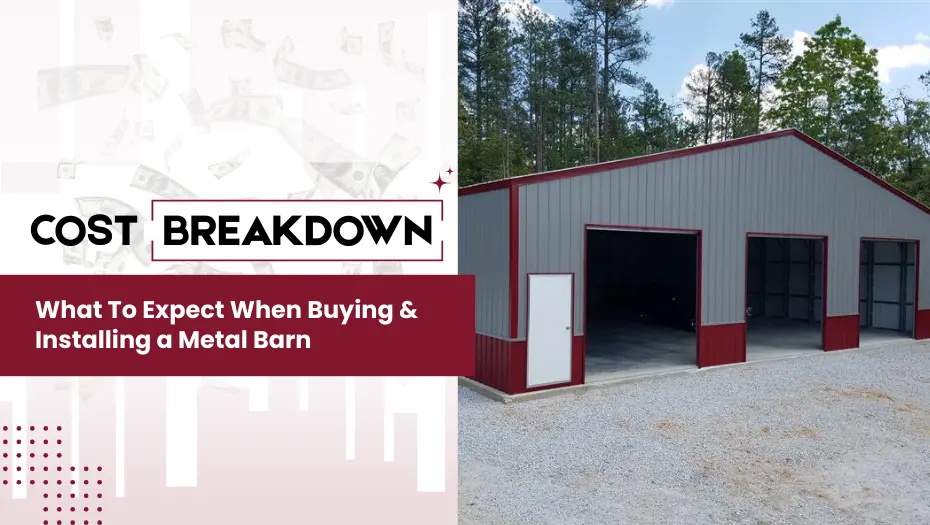

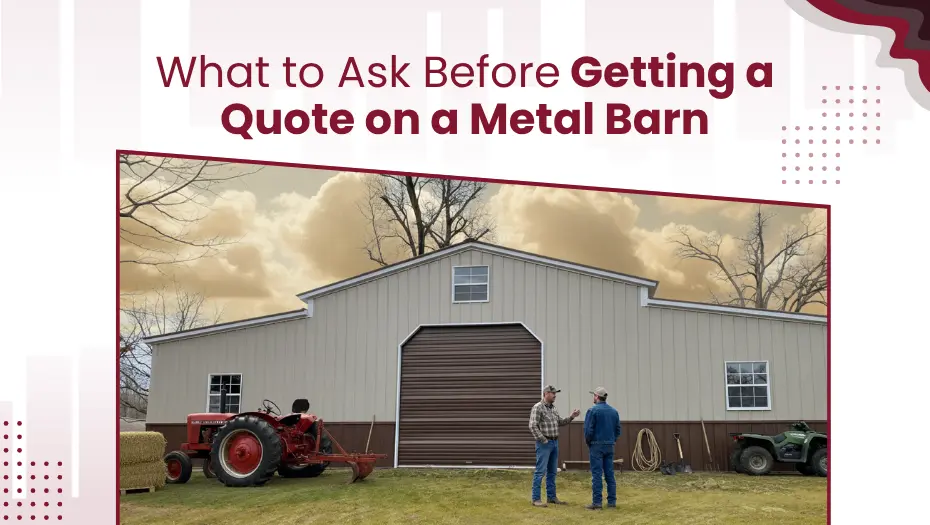
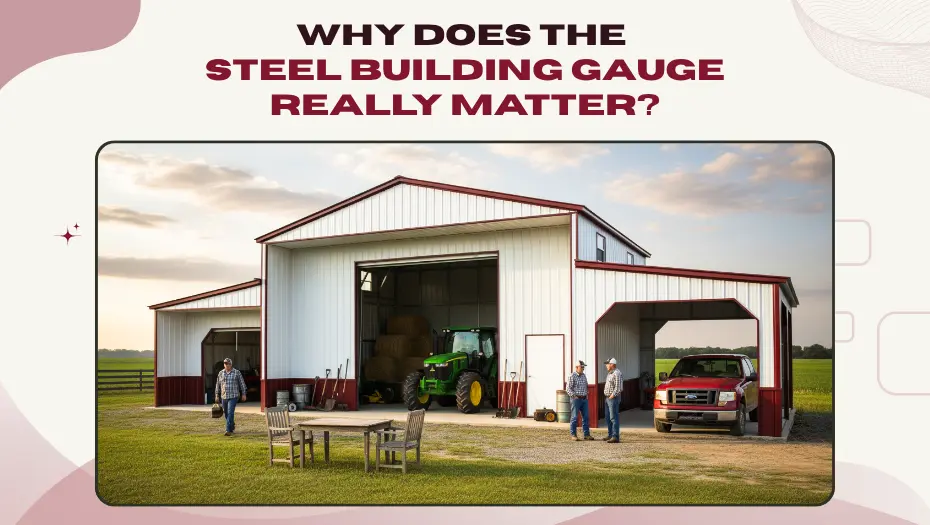
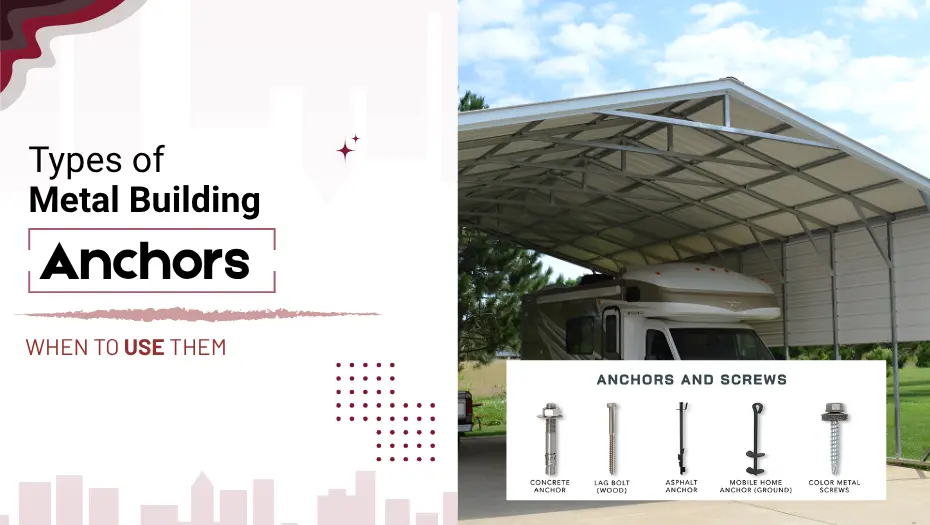
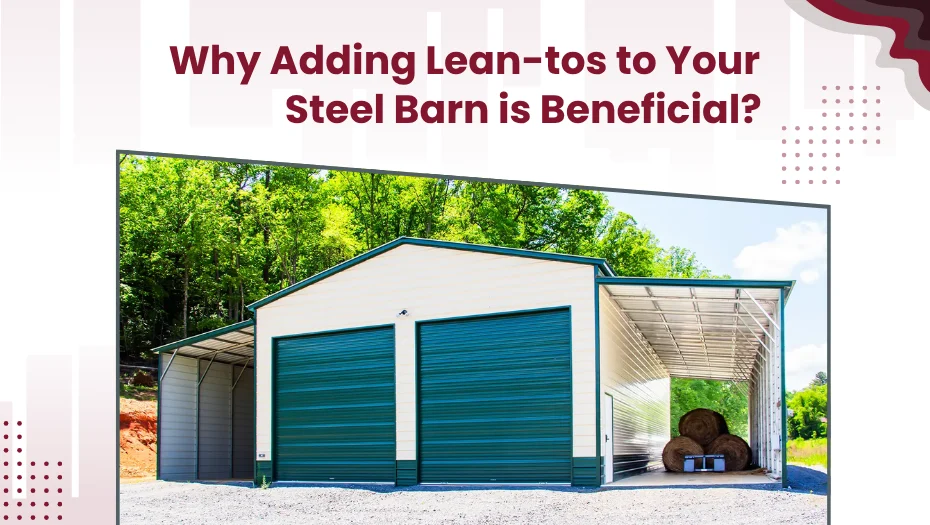
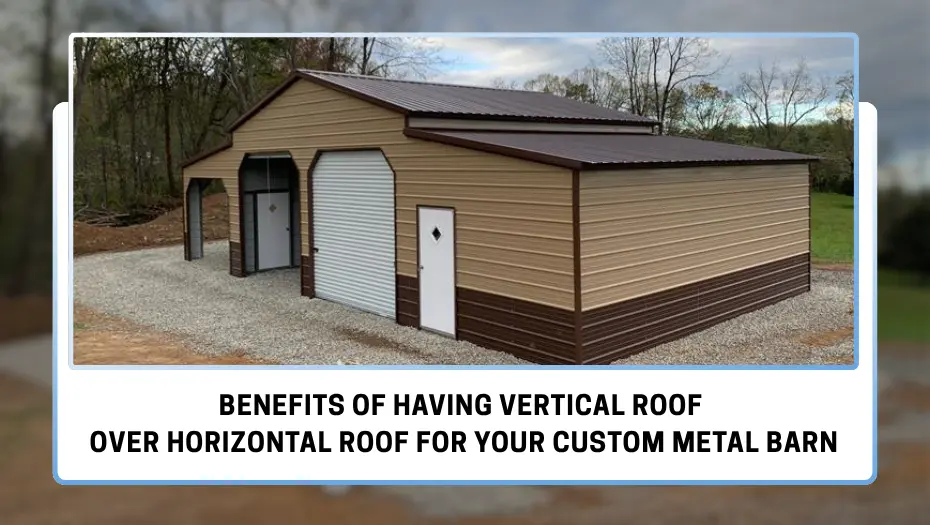
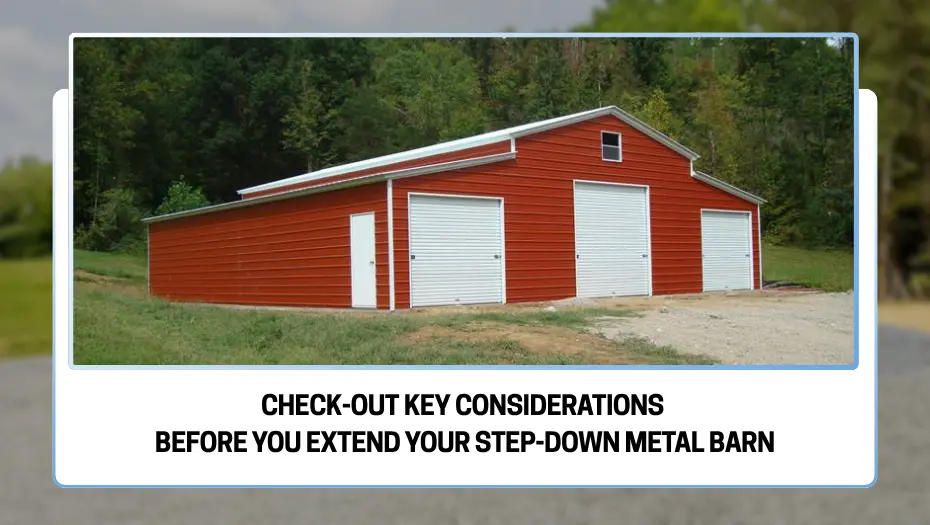
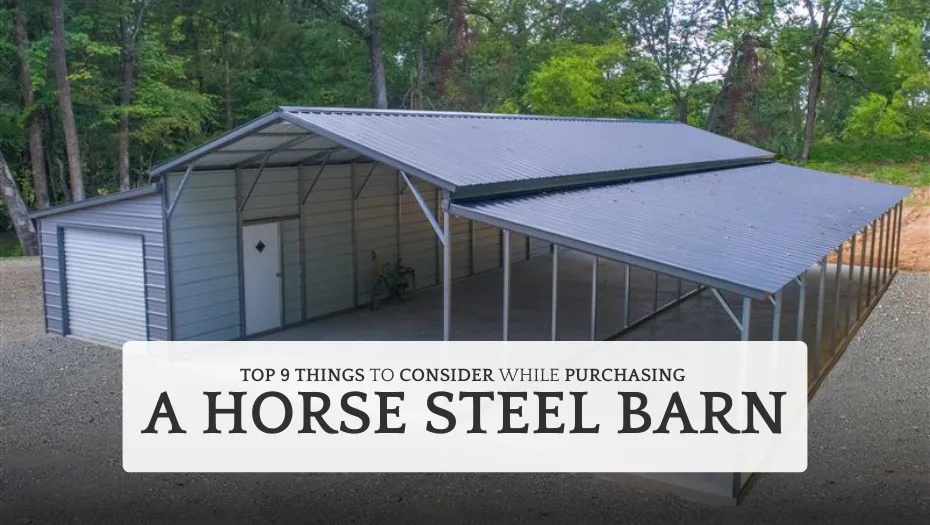
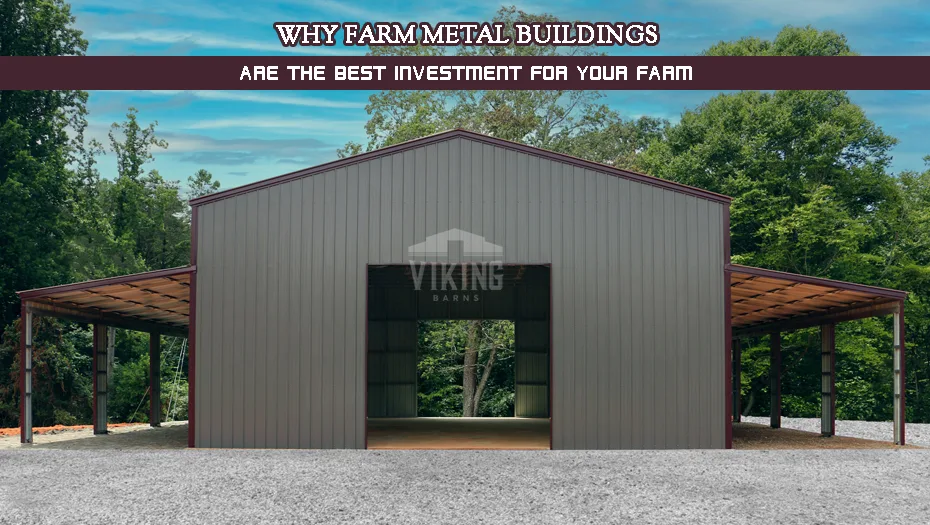
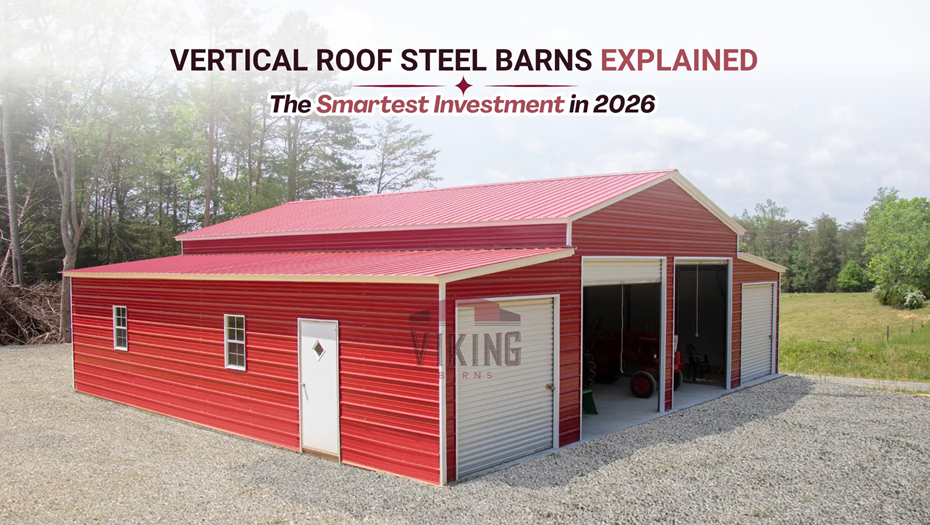


 Alabama AL
Alabama AL

 American Steel Carports Inc.
American Steel Carports Inc.